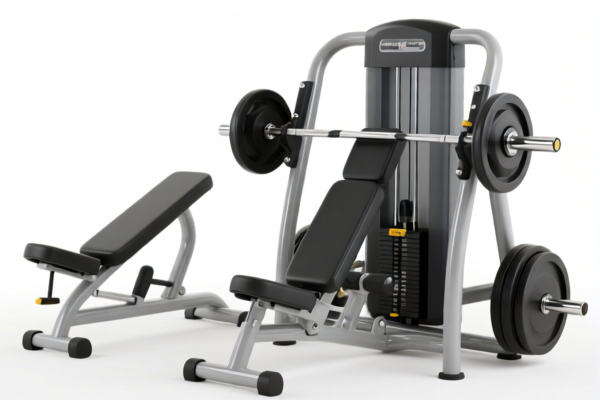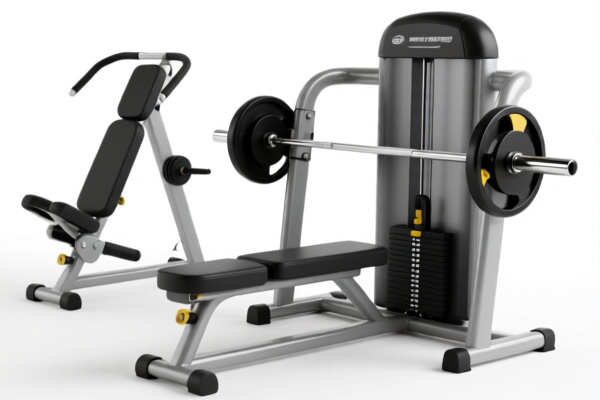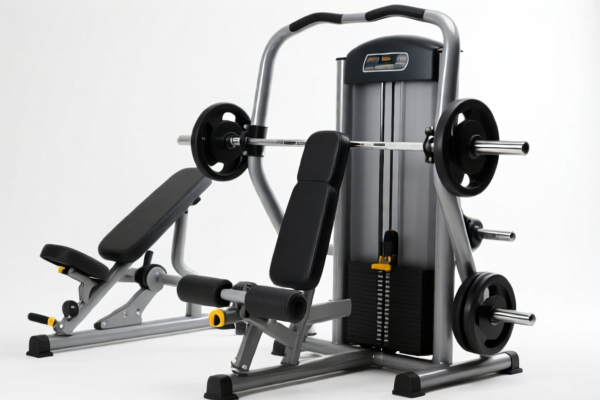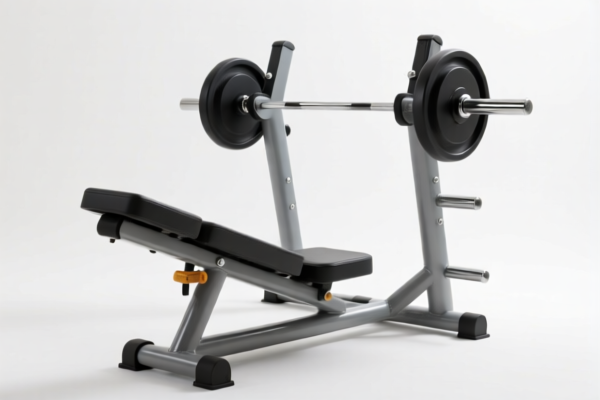| HS Code | Official Doc | Tariff Rate | Origin | Destination | Effective Date |
|---|---|---|---|---|---|
| 6112110010 | Doc | 52.4% | CN | US | 2025-05-12 |
| 6112110020 | Doc | 52.4% | CN | US | 2025-05-12 |
| 6114909010 | Doc | 35.6% | CN | US | 2025-05-12 |
| 6114909070 | Doc | 35.6% | CN | US | 2025-05-12 |
| 6211391570 | Doc | 40.3% | CN | US | 2025-05-12 |
| 6211391540 | Doc | 40.3% | CN | US | 2025-05-12 |
| 6205201000 | Doc | 46.2% | CN | US | 2025-05-12 |
| 6205904040 | Doc | 40.3% | CN | US | 2025-05-12 |
| 3926201010 | Doc | 30.0% | CN | US | 2025-05-12 |
| 3926201020 | Doc | 30.0% | CN | US | 2025-05-12 |




Gym Clothes
Gym clothes, also known as activewear, athletic wear, or workout clothes, encompass a variety of apparel designed for physical exercise, sports, and fitness activities. These garments prioritize comfort, flexibility, and performance-enhancing features.
Materials
The materials used in gym clothes have evolved significantly. Common fabrics include:
- Polyester: A synthetic fiber known for its durability, moisture-wicking properties, and resistance to shrinking and stretching. Often blended with other materials.
- Nylon: Another synthetic fiber offering excellent durability, elasticity, and a smooth feel. Frequently used in leggings and compression wear.
- Spandex (Lycra/Elastane): A highly elastic fiber added to fabrics to provide stretch and recovery, ensuring a close fit and freedom of movement.
- Cotton: While less common in high-performance gear due to its tendency to retain moisture, cotton is still used in some gym clothes for its comfort and breathability, particularly in warmer conditions or for low-intensity activities.
- Blends: Combinations of the above materials are frequently used to balance properties like moisture-wicking, breathability, and comfort. For example, polyester-spandex blends are very popular.
- Merino Wool: A natural fiber offering excellent moisture-wicking, breathability, and odor resistance, making it suitable for a range of activities. Often used in base layers and colder-weather gear.
- Recycled Materials: Increasingly common, recycled polyester and nylon are used to create sustainable activewear options.
Purpose & Function
The primary functions of gym clothes are:
- Moisture Management: Wicking sweat away from the skin to keep the wearer dry and comfortable.
- Breathability: Allowing air circulation to regulate body temperature.
- Flexibility & Range of Motion: Providing unrestricted movement during exercise.
- Support: Offering muscle support and reducing strain.
- Comfort: Minimizing chafing and irritation.
- Temperature Regulation: Providing insulation in cold weather or cooling properties in warm weather.
Usage Scenarios
Gym clothes are suitable for a wide variety of activities:
- Gym Workouts: Strength training, cardio, group fitness classes.
- Running & Jogging: Short and long-distance running.
- Yoga & Pilates: Activities requiring flexibility and range of motion.
- Team Sports: Basketball, soccer, volleyball, etc.
- Outdoor Activities: Hiking, cycling, climbing.
- Casual Wear: Activewear has become increasingly popular as everyday casual clothing.
Common Types
- T-shirts: Typically made from polyester or moisture-wicking blends.
- Tank Tops: Similar to t-shirts, offering more ventilation.
- Shorts: Available in various lengths, often made from polyester or nylon.
- Leggings/Tights: Close-fitting pants made from nylon, spandex, or blends, providing support and flexibility.
- Sweatpants/Joggers: Loose-fitting pants made from polyester or cotton blends, suitable for warmer weather or lower-intensity activities.
- Hoodies/Sweatshirts: Providing warmth and coverage.
- Sports Bras: Offering support and minimizing movement during exercise.
- Compression Wear: Close-fitting garments designed to improve blood circulation and muscle recovery.
- Base Layers: Worn underneath other clothing for insulation in cold weather.
- Outerwear: Jackets and vests for protection from the elements.
Gym clothes broadly encompass various apparel items designed for athletic activities. Based on the provided reference material, the following HS codes may be relevant, depending on the specific composition and type of garment:
- 6112110010: Track suits: Of cotton. This code applies to track suits made of cotton. Chapter 61 covers knitted or crocheted garments. Heading 6112 specifically refers to track suits, ski-suits and swimwear. The subheading 6112110010 further specifies cotton track suits. The total tax rate is 52.4%.
- 6112110020: Track suits: Of cotton. This code applies to track suits made of cotton, specifically for women's or girls'. Chapter 61 covers knitted or crocheted garments. Heading 6112 specifically refers to track suits, ski-suits and swimwear. The subheading 6112110020 further specifies cotton track suits for women's or girls'. The total tax rate is 52.4%.
- 6211391570: Other garments, men's or boys': Of other textile materials: Recreational performance outwear: Other Jackets and jacket-type garments excluded from heading 6201 (834). This code applies to men's or boys' recreational performance outwear, excluding jackets covered by heading 6201. Chapter 62 covers other garments. The total tax rate is 40.3%.
- 6211391540: Other garments, men's or boys': Of other textile materials: Recreational performance outwear: Other Track suits: Other (834). This code applies to men's or boys' track suits made of other textile materials. Chapter 62 covers other garments. The total tax rate is 40.3%.
Regarding HS codes 6211391570 and 6211391540, the reference material indicates these items are classified as recreational performance outwear.
It is important to note that the specific composition of the gym clothes (e.g., cotton, polyester, spandex) will determine the appropriate HS code. If the gym clothes are not tracksuits, further investigation into the garment type and material is required to identify the correct HS code.
Customer Reviews
No reviews yet.